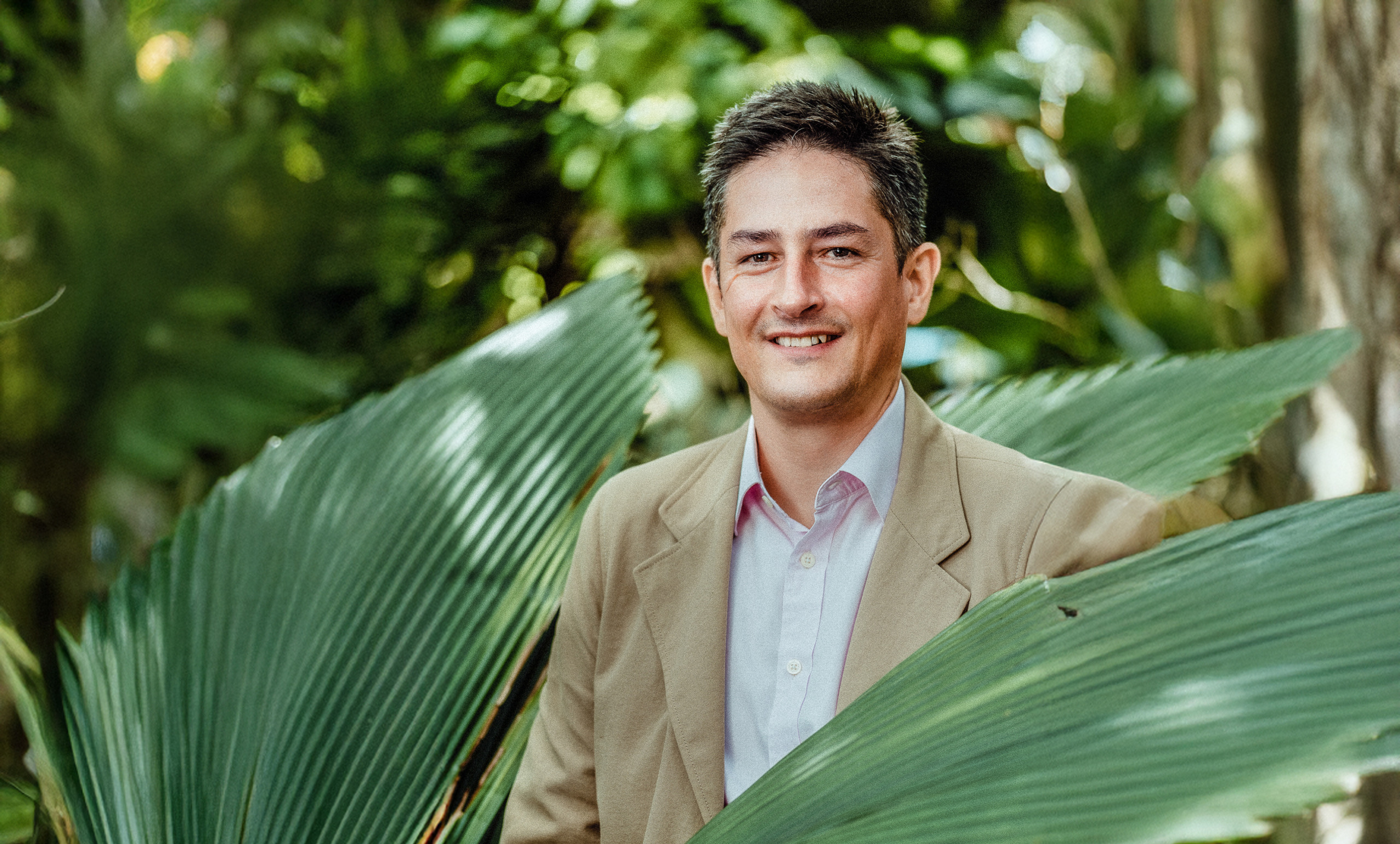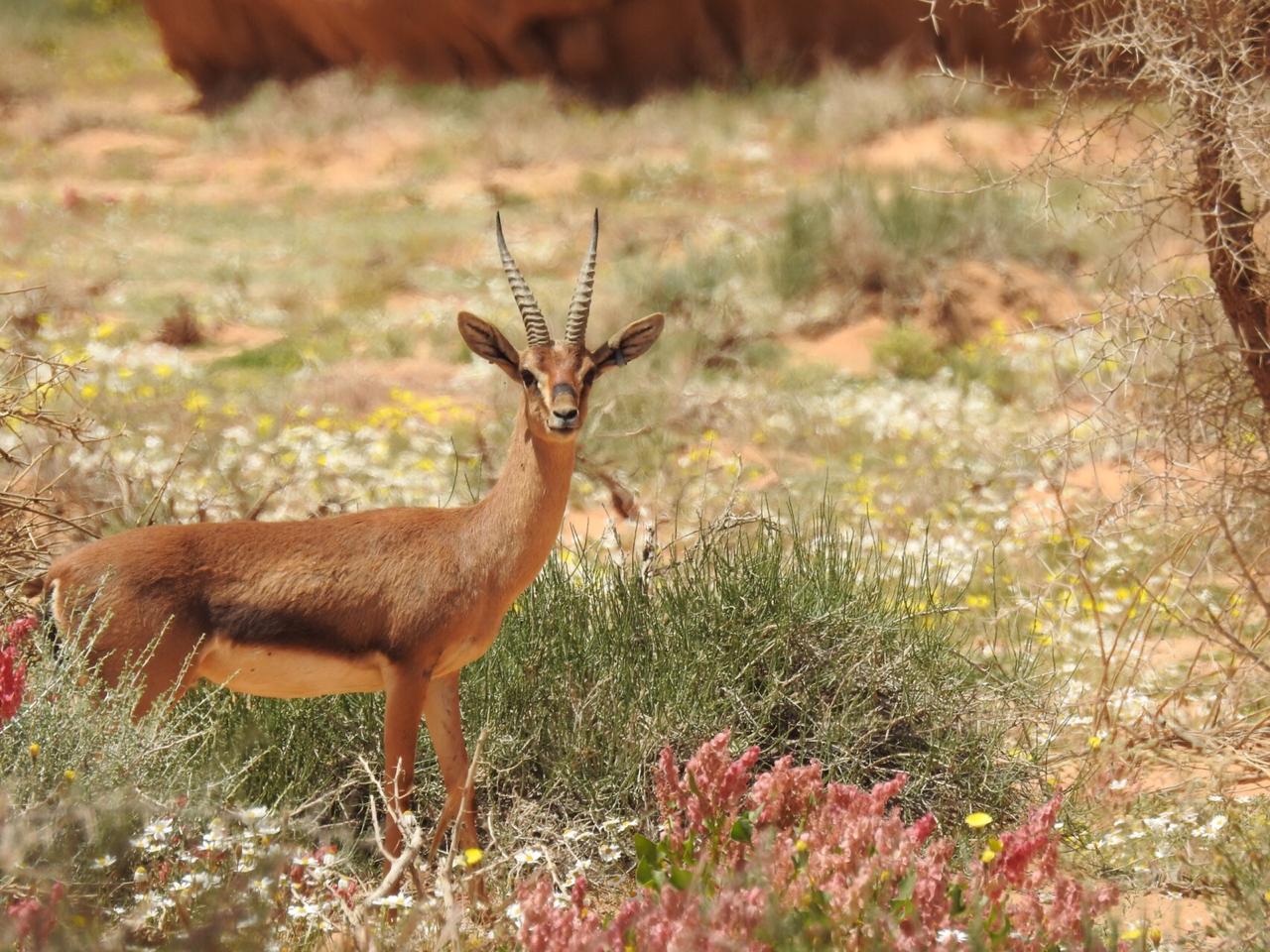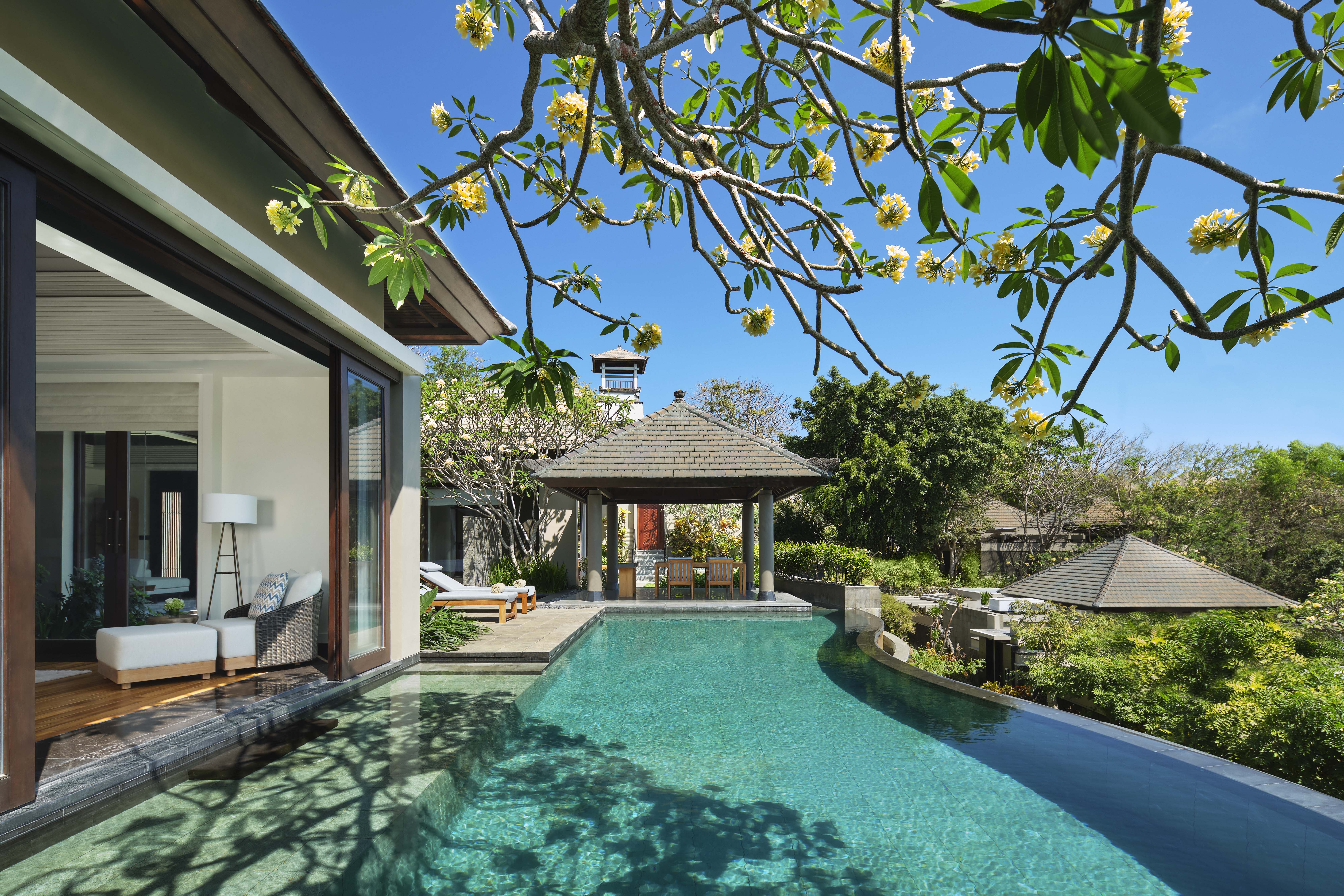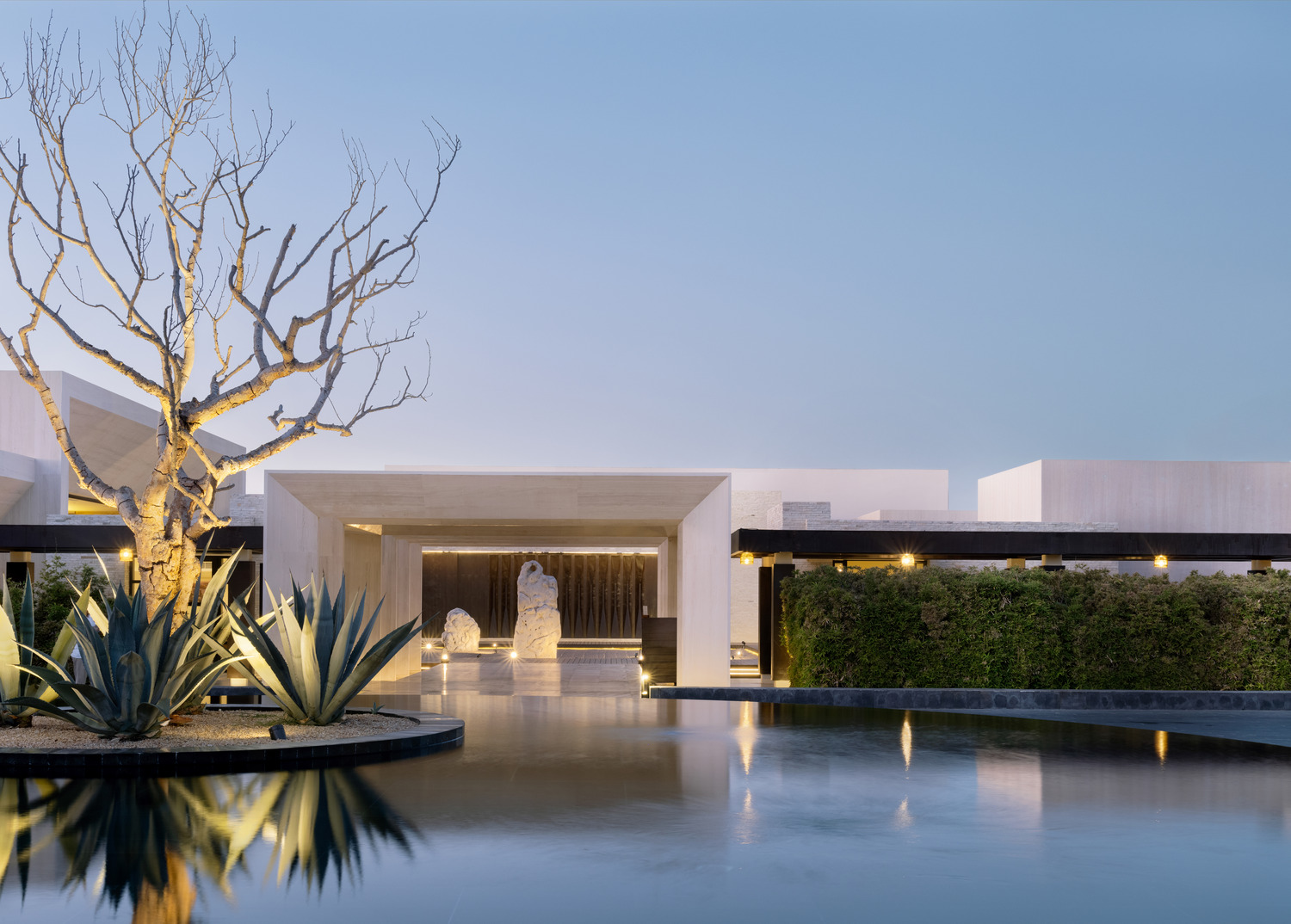Ashley Scott: Landscape Architecture – Designing Beyond Boundaries
By WATG
April 22, 2025
Ashley Scott remembers the exact moment his passion for landscape architecture took root: it started with an amaryllis. “As a teenager, my parents bought me a bulb as a Christmas gift,” he recalls. “I watched it grow, then became interested in orchids. I found out there are 39 species native to the UK, many of them in southeast England. That was the beginning of it all.”
From childhood curiosity to becoming WATG’s Global Practice Principal of Landscape and Planning, Ashley’s journey has always been rooted in nature, but it’s also been shaped by art, global exploration, and determined sense of purpose.
I was interested in horticulture, but I also loved art. Landscape architecture was a natural fusion of those two worlds.
Learning from Nature
Ashley’s approach is steeped in biophilia and environmental learning. “Nature has been designing itself for millennia,” he says. “Our job is to understand it, learn from it, and apply that wisdom to enhance the places we create.”
That philosophy is reflected in his deep commitment to indigenous species and local ecosystems. Whether designing for tropical rainforests or arctic tundras, his work is guided by what the land can teach.
“Every region has its own rhythms, its own palette. In Kamchatka, for example, we had to be incredibly cautious not to introduce non-native plants. Even grasses and wildflowers, if they’re not local, can disrupt entire ecosystems. It’s about stewardship.”
Nature has been designing itself for millennia. Our job is to understand it, learn from it, and apply that wisdom to enhance the places we create.
Wellness in Design
One of Ashley’s signature contributions to the field has been his exploration of landscape and wellness, particularly in the luxury hospitality space. From edible gardens and chroma therapy plantings to Ayurvedic herb gardens and scent trails, he sees landscape as a sensory experience.
“In many of our resort projects, we look at how landscape can support wellbeing – physically, mentally, and emotionally,” he says. “What herbs are used in the kitchen? What plants have healing properties? Colour and scent influence how people experience their surroundings. Landscape isn’t just something to look at, it’s something to feel, to interact with.”
His work on brand standards for leading wellness-focused brands like Chiva-Som and Six Senses shows how deep that philosophy runs. “Wellness is about connection. With the land, with yourself, and with the food you eat. If a child wanders through a resort and discovers an orange growing on a tree, and it sparks a moment of recognition and connection to the natural world, that is a design success.”
From edible gardens and chroma therapy plantings to Ayurvedic herb gardens and scent trails, he sees landscape as a sensory experience.
A Global Studio, A Shared Vision
As Global Practice Principal, Ashley leads with collaboration in mind. “We’re a studio without walls,” he says. “From London to Singapore, Honolulu to New York, we pull in the best talent from across the globe to respond to each project uniquely. We know each other’s strengths and tailor the team to the place.”
It’s this ethos that’s helped WATG become a leading name in landscape architecture for luxury hospitality – blending environmental sensitivity, cultural depth, and guest experience into every project. As we celebrate WATG80, marking 80 years of pioneering design, that same spirit of innovation and global collaboration continues to define our legacy and future.
We pull in the best talent from across the globe to respond to each project uniquely. We know each other’s strengths and tailor the team to the place.
Designing with Care and Clarity
Ashley is keenly aware that the role of the landscape architect is more critical than ever. “We’re ambassadors of the environment,” he says. “It’s our responsibility to design with minimal impact, especially in sensitive locations like national parks or coastal reserves. That means working closely with ecologists, hydrologists, soil specialists, bringing together the right minds to make something meaningful.”
Landscape architecture is ultimately about designing for people and fostering connection. “In an urban park, you’re designing for a broad and diverse community – children, elders, families, people on their lunch break,” Ashley explains. “In hospitality, the focus shifts to more specific user groups, whether it’s honeymooners, families, or wellness seekers. Each setting comes with its own considerations, and the beauty of landscape design is in tailoring experiences that resonate with the people who use them.”
Across all typologies, Ashley emphasizes the importance of designing with sensitivity, not only to people, but to place. “Whether we’re working in a protected wilderness or a coastal resort, we always consider the visual impact,” he says. “How does the development sit within the landscape? Can it be integrated so that it feels like it’s always belonged there? Minimising visual disruption is just as important as protecting the ecological systems. We design with care, so that what we create enhances rather than intrudes.”
Minimising visual disruption is just as important as protecting the ecological systems. We design with care, so that what we create enhances rather than intrudes.”
Beyond Boundaries
Asked what this year’s WLAM theme, “Beyond Boundaries,” means to him, Ashley explains, “It’s about reconnecting people with nature. Especially in cities. It’s about pushing ourselves to create spaces that are inclusive, biodiverse, and resilient. Whether it’s a ski resort or a city square, the goal is the same: to bring people closer to the natural world.”
That pursuit of connection also drives Ashley’s favourite types of projects – like finding ways to extend the appeal of mountain resorts beyond the ski months by introducing biking, hiking, and nature trails, alongside wellness activities. “It’s about continuous learning,” he says. “Each landscape is a new challenge. I’m always learning.”
It’s about pushing ourselves to create spaces that are inclusive, biodiverse, and resilient.
Looking to the Future
While Ashley is optimistic about the profession’s role, he’s candid about its challenges. “Fewer people are entering the field. The academic path is long and expensive. But we need more landscape architects now than ever.”
So, what advice would he give to those just starting out?
“Experience as much as you can,” he says. “Don’t specialize too early. Work across different geographies and typologies. Learn from everything, and then find the niche that speaks to you. That’s where you’ll make your impact.”
And when it comes to the future of the field?
“It has to be about environmental resilience,” Ashley says. “Global warming, rising seas, heat – these are shaping how we design. The role of the landscape architect will become increasingly vital as climate challenges intensify. We must design in a way that works with large-scale environmental systems – how water moves through a landscape, how soil functions, how plant communities interact.”
“There’s no one-size-fits-all solution. You have to understand the land. That’s what real intelligence is – knowledge that’s grounded in ecology, experience, and place. Artificial intelligence might assist with efficiency, but it can’t replace deep, contextual design thinking. Clients will always seek out people who bring that kind of wisdom to the table.”
Ashley’s philosophy is centred on designing landscapes that are regenerative, adaptive, and meaningful. “We’re not just responding to change; we’re shaping environments that can thrive in the face of it. That’s the future of landscape architecture.”
We must design in a way that works with large-scale environmental systems – how water moves through a landscape, how soil functions, how plant communities interact.
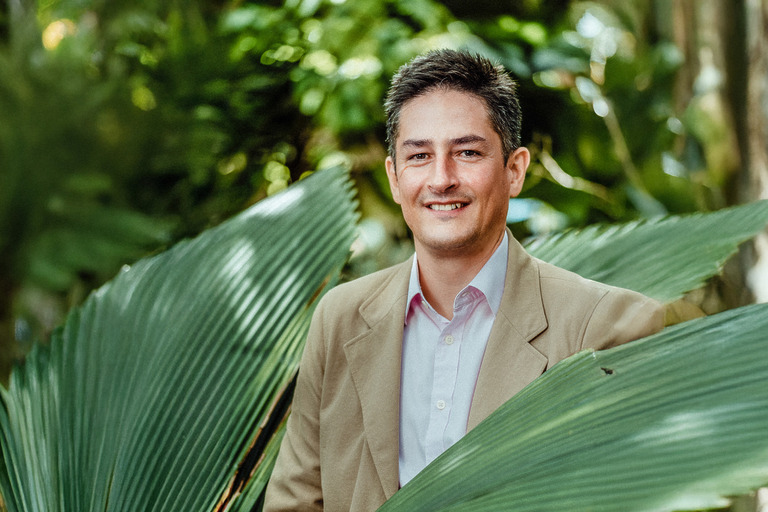
Ashley Scott
Ashley Scott, Global Practice Principal, Planning + Landscape, is a Master Planner and Landscape Architect with more than thirty years of experience in design management and thought leadership. His portfolio of work represents a wide range of resort project types and scales, and spans Europe, the Middle East, Asia and Latin America.
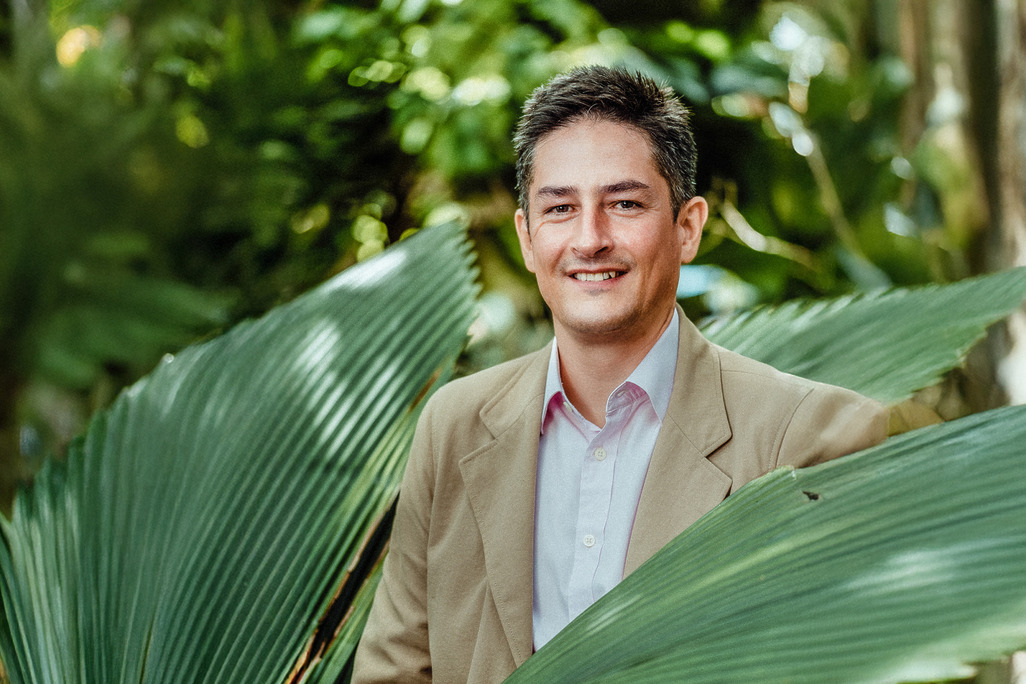
Ashley Scott
Ashley Scott, Global Practice Principal, Planning + Landscape, is a Master Planner and Landscape Architect with more than thirty years of experience in design management and thought leadership. His portfolio of work represents a wide range of resort project types and scales, and spans Europe, the Middle East, Asia and Latin America.
Sorry, no results found.
Latest Insights
Perspectives, trends, news.
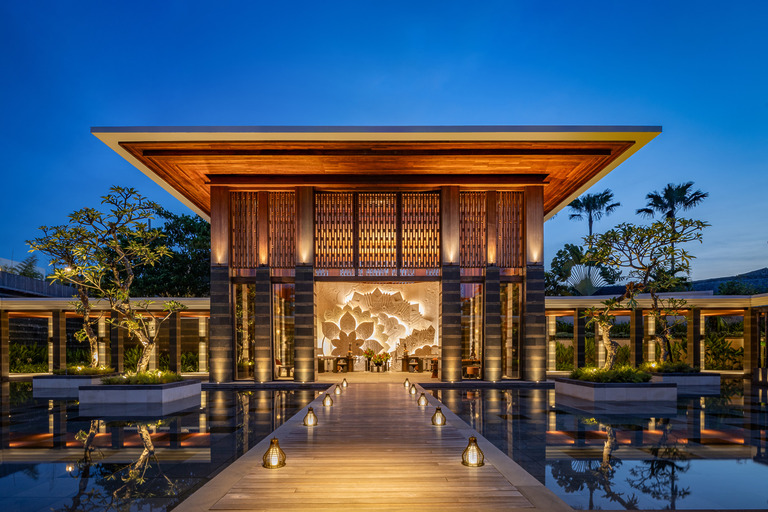
- News
2025: A Year in Review
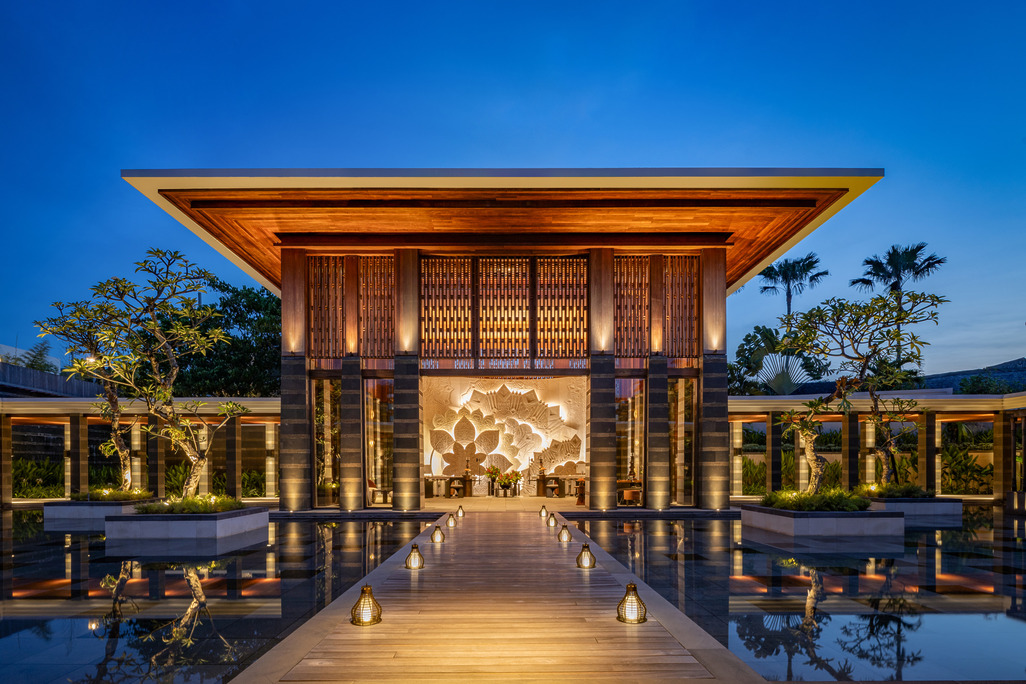
- News
2025: A Year in Review

- Strategy & Research |
- Design Thinking & Innovation
The Architect of the Future

- Strategy & Research |
- Design Thinking & Innovation
The Architect of the Future

- News
WATG Leads Landmark Initiative to Shape the Future of the Giza Pyramids

- News
WATG Leads Landmark Initiative to Shape the Future of the Giza Pyramids
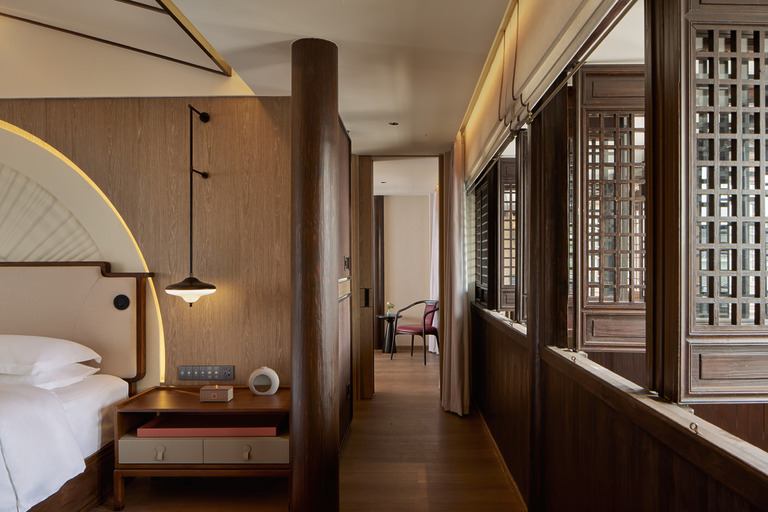
- Trends
Interior Design Trends 2026: Authenticity, resonance, and resilience.
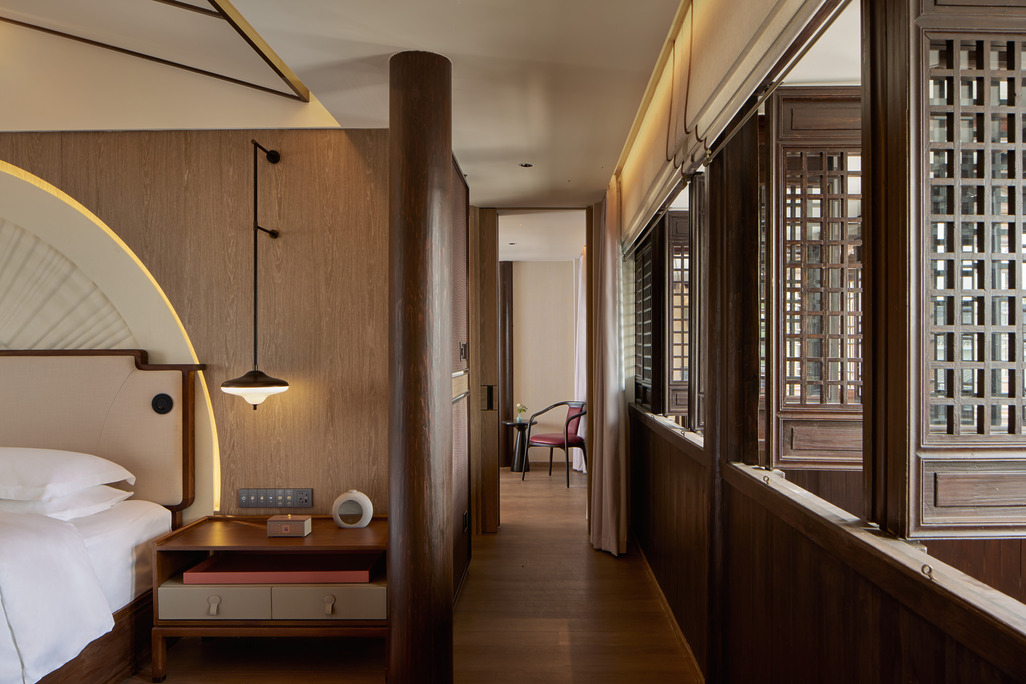
- Trends
